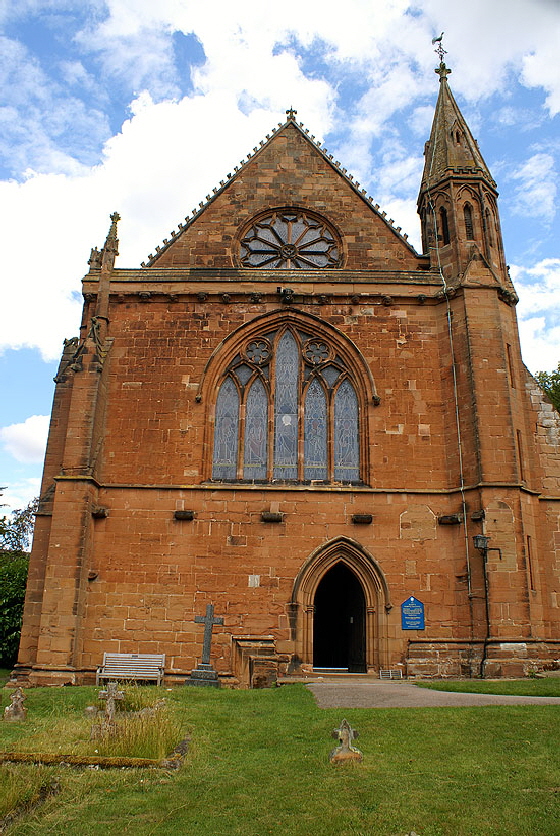|
|
||||||||||||||||||||||||||||||||||||||||||||||||||||||||||
|
Please sign my Guestbook and leave feedback |
||||||||||||||||||||||||||||||||||||||||||||||||||||||||||
|
Recent Additions |
||||||||||||||||||||||||||||||||||||||||||||||||||||||||||
|
|
||||||||||||||||||||||
|
concerned. This is a church that owes it existence to one or both of the great military orders. It was not designed to be a parish church so it is effectively asingle-celled church on a scale that would have been inconceivable at that time had it been designed or for the local community. George Gilbert Scott was here to restore it again in the mid-nineteenth century. It is far from clear how much of today’s church is his and how much is original. The windows are large and unorthodox. They are in the geometrical Decorated period style. But which are original and which are not? |
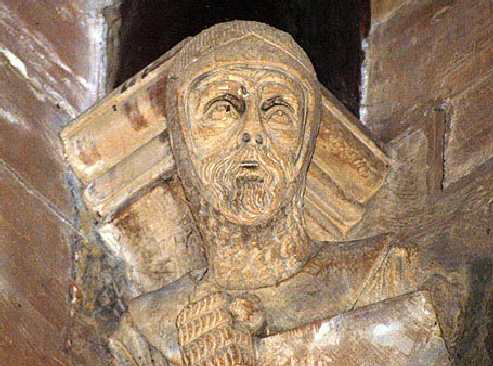 |
|||||||||||||||||||
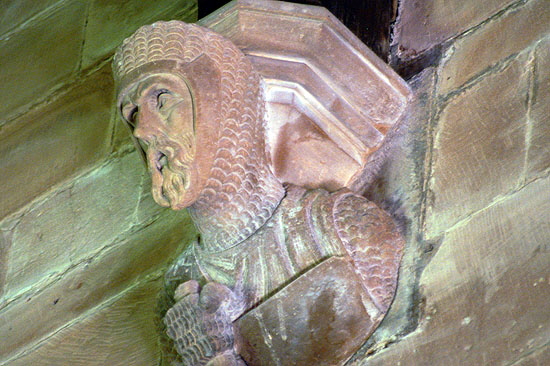 |
|||||||||||||||||||
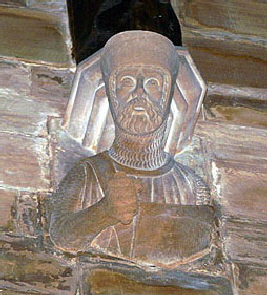 |
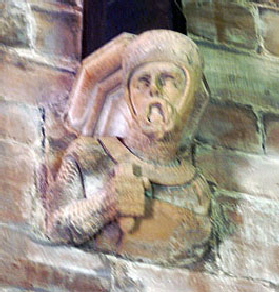 |
||||||||||||||||||
 |
|||||||||||||||||||
 |
|||||||||||||||||||
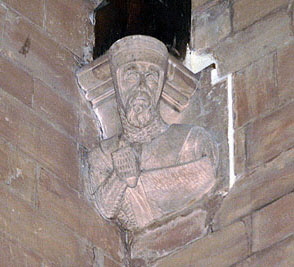 |
|||||||||||||||||||
|
Above: The Knights of Temple Balsall - all bearded. Each carries a shield. Each is holding in his right hand what one can only assume to be sword hilt. |
|||||||||||||||||||
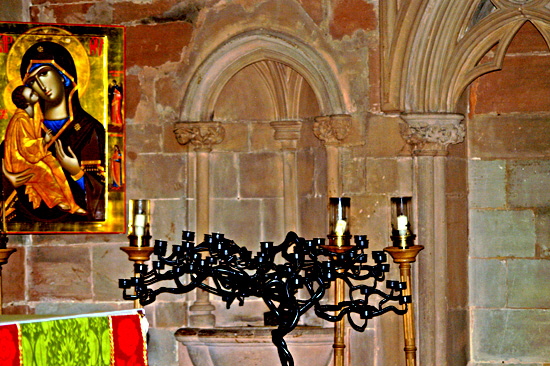 |
|||||||||||||||||||
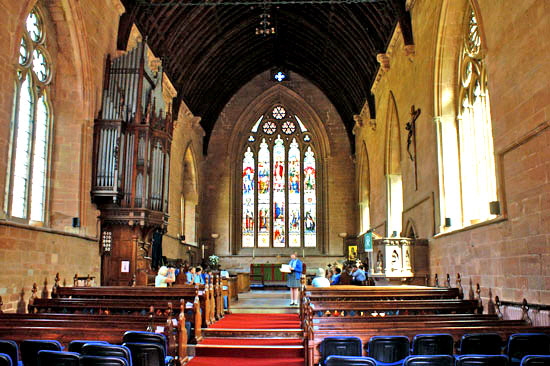 |
|||||||||||||||||||
|
Left: Looking towards the east end. Note corbels with the knight images. The east window has five lights and some spectacular tracery for which this church is also noteworthy. Right: The piscina is elaborate and original and to the right (out of picture) is a triple sedilia. |
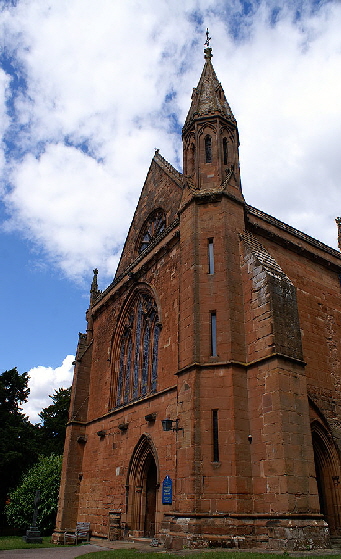 |
||||||||||||||||||
 |
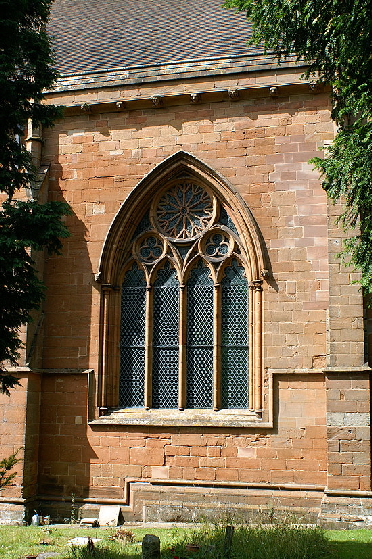 |
|||||||||||||||||
|
Left: The east window from the outside. The glass dates only from 1907. Centre: This window on the south side has really splendid tracery. Pevsner says some of the tracery here is “scarcely believable” and it is not clear whether he is simply referring to its quality or whether he has doubts about its age. Right: The south west corner showing the elaborate bell stair. This is surely the work of Gilbert Scott. |
||||||||||||||||||
 |
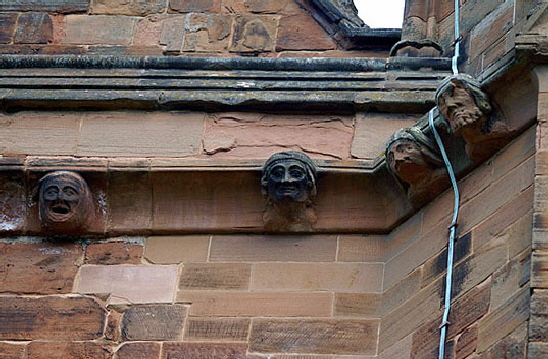 |
|||||||||||||||||
|
The sub-cornice frieze depicts only human heads. In this it differs from the East Midlands and the Oxfordshire Schools that have far more exuberant and varied motifs (see, for example, Adderbury or Ryhall). How old is it? I think we can assume that it is mediaeval. If the church was built in 1330 as the Church Guide then it could be that the frieze was added then. That date, however, implies that this was not a Templar Church in the first place which I think is highly unlikely. Yet I wouldn’t expect to see such a frieze earlier than 1330 - and even that’s pushing it. My suspicion is that it was added during some unrecorded changes to the roof - probably the use of lead. |
||||||||||||||||||
 |
||||||||||||||||||
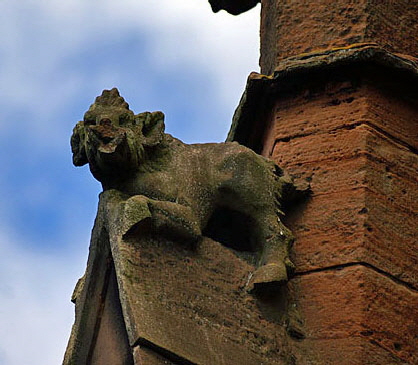 |
||||||||||||||||||
|
The buttresses have some appealing beasts |
||||||||||||||||||
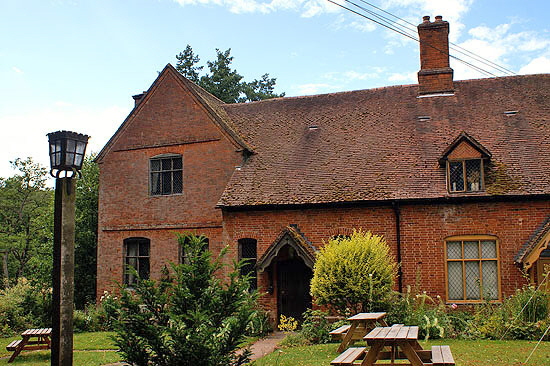 |
 |
|||||||||||||||||
|
Inside this innocuous (and pretty) row of cottages very close to to the north west of the church are the remains of the aisled Templar Hall. The aisle pillars are made of timber and have been dated to the late twelfth century, so the hall considerably predated the church. |
||||||||||||||||||
 |
||||||||||||||||||
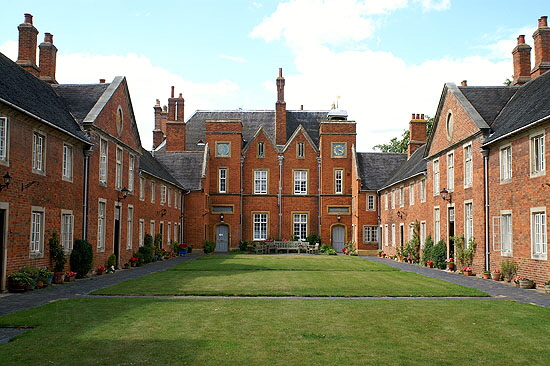 |
||||||||||||||||||
|
Left: Temple House is south of the church and dates from the seventeenth century. Right: East of the church is the Hospital that was established in 1677 by Lady Anne Holborne. |
||||||||||||||||||
|
|
||||||||||||||||||
